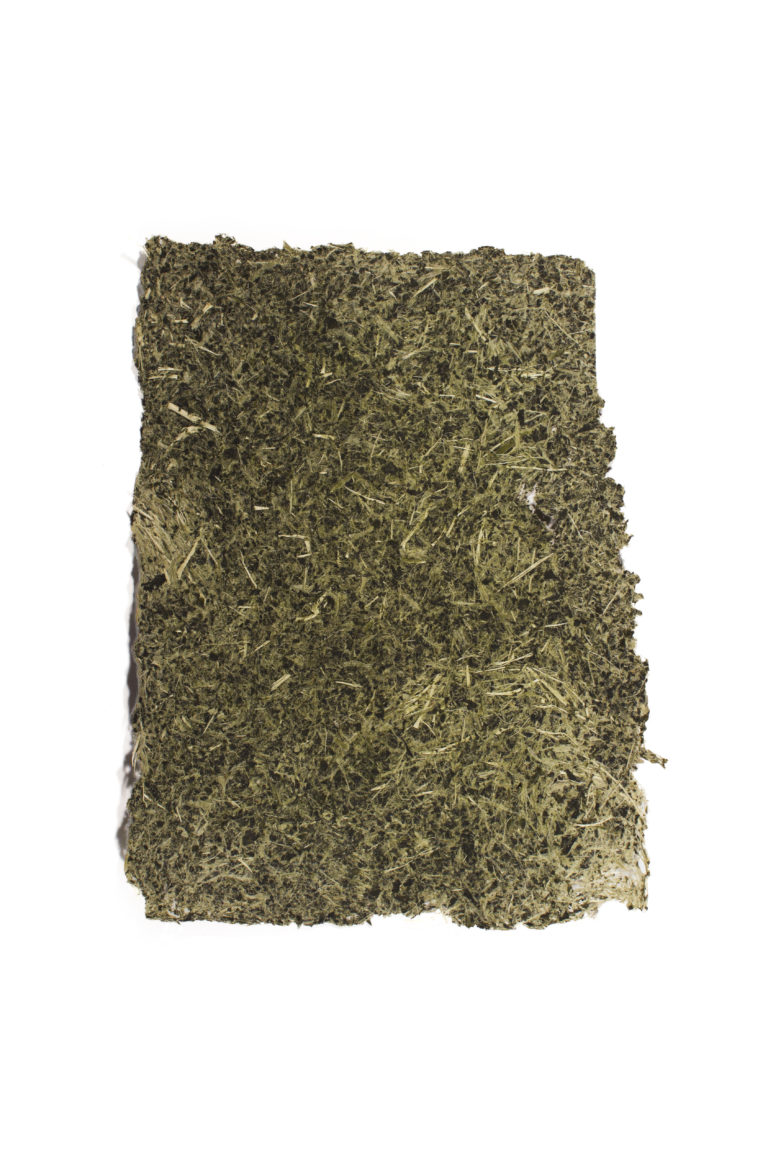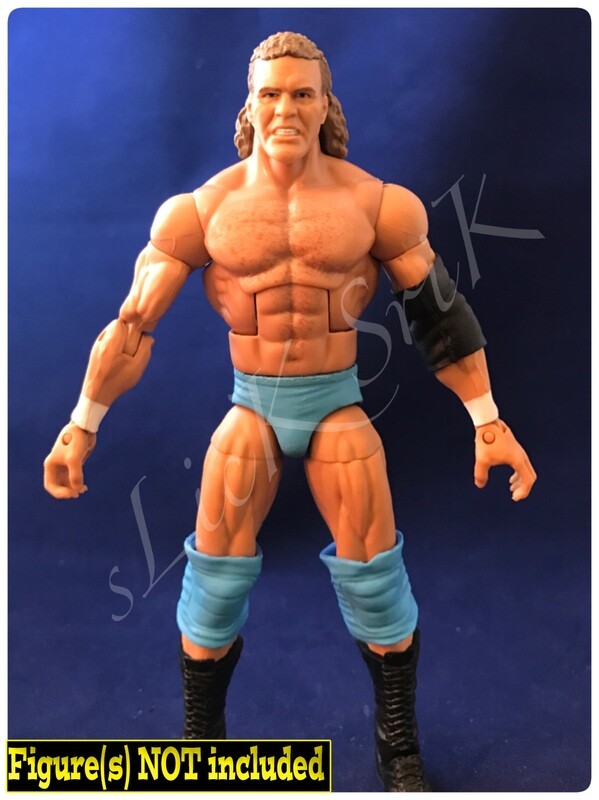Table Of Content

Icelanders are Nordic forerunners in the upkeeping of turf houses and their building methods—and no wonder—given how shortly ago they were commonplace. Be it fashion, food, trinkets or infrastructure, Icelandic design has proven itself many times over. With nature as their guide, these inventors and entrepreneurs provide their country and the rest of the world with a myriad of products made with integrity and adhering to the environmental values that remain important to the nation as a whole. Eggertsson is a true, original artist of the modern age and his work represents both his Icelandic heritage and his international field of study.
10 Fashion Designers From Iceland You Should Know - The Culture Trip
10 Fashion Designers From Iceland You Should Know.
Posted: Sun, 16 Jul 2017 07:00:00 GMT [source]
The Icelandic Store
The modern world’s pattern of clothing consumption and disposal is alarmingly rapid. Astonishingly, only 500 grams per tonne of produced textiles ever make it back to the market. Over the years, 66°North has evolved and expanded its horizons to encompass clothing suitable for various outdoor activities. Though the company remains true to its roots with its fisherman’s and workwear lines, it now boasts a more comprehensive selection of protective attire for diverse occasions. Yeoman’s designs stand out for their original storytelling and unique illustrations.
Icelandic Design Women's Clothing
Forced to quit his studies due to an illness, the trailblazer still designed and constructed a myriad of houses, churches, and official buildings, right until his death in 1917. With approximately 150 finished projects to his name, the architect's succession remains unprecedented, given its limited time frame. Although Guðjón approached many of his projects in such a manner, inspired by other architects and styles, he also sought to give his home country something that it sorely lacked—an architectural style to call its own. The timber houses, whether coated in corrugated iron or not, were often wholly imported from Norway, or new ones built which were based on the imported designs. As for the stone houses of the 19th Century, most of them were designed by Danish architects appointed by the Danish government.
Vtg Icelandic Design Red Horses Cardigan Sweater M
From the colour palette to the installed sound of a calming heartbeat, this sweet innovation is designed with one noble and needed objective in mind; to help babies sleep. The Flothetta, or Float Cap, is an ingenious invention based around water therapy and designed to allow whoever wears it to relax in the water on a whole new level. If there’s one activity that's favoured across Iceland above all others, it’s probably swimming. From Reykjavík City to every rural municipality imaginable, you’ll find geothermal swimming pools that people of all ages and from every level of society flock to on a daily basis to soak, relax and renew. An Icelandic company turned global leader, the inquisitive orthopaedic designs of Össur have for decades represented new frontiers in bionic technology.
Amber Interiors is a full-service residential design firm founded by Amber Lewis, also the founder of the blog, All Sorts Of. The designer imbues a bit of California eclectic in all of her projects, but no matter what style she is asked to create, each space designed by Amber feels cozy, eclectic, and unique. Michelle Ruben started her award-winning design firm in 2004 and quickly established herself as a front runner in high-end commercial and residential design in Los Angeles. On a mission to enrich people’s daily lives through exceptional design, bespoke details, and artistic solutions, Michelle Ruben is oh so one of the top interior designers in LA.
A Guide to Project Awards
One of which is the artsy, predominantly monochrome 101 Hotel (Kanye West and Kim Kardashian's choice of digs when they visited in 2016). Its firelit lounge and sleek restaurant are popular hangouts for Iceland’s fashion and design crowd. Since these changes were made, the list of candidates has continued to grow.
Ephemeral Structures, Enduring Ideas: Why Architectural Pavilions
Upon his return, he initiated what would become Sjóklæðagerð Íslands, now globally recognized as 66°North. The brand pays homage to its origins, named after the Arctic Circle’s latitude line that intersects the place of its inception. One of our expert guides, Ester, went not too long ago and checked out a few of Reykjavik’s fashion stores. From Hildur Yeoman’s captivating storytelling to 66°North’s evolution from protecting fishermen to creating versatile outdoor attire, each fashion house has its own distinct identity. We’ll also explore Systur og Makar’s commitment to local production and sustainability through VOLCANO DESIGN.

Studio Bua overhauls seaside guesthouse in Icelandic nature reserve
Each illustrating the boutique firm’s impressive commitment to architectural integrity, working within a broad range of design styles. In 2006, Jill Johnson and Suzanne Ascher collaborated their eclectic design styles and fashion pasts to create Waterleaf. Today, Waterleaf has completed projects ranging from beach cottages along the California coast to a penthouse in Singapore.
Storm Interiors

From stone-age inspired ceramics to polka dot tea towels, Whitehead’s designs represent an explosion of new-wave creativity. Ever since 2010, she has expanded within Iceland's art and design world, often collaborating with international labels to create her unique items of fragmentary and dream-like patterns. Each of their original designs is handcrafted from sterling silver in a Reykjavík located workshop. The resulting pieces are both minimal and intricate, modern and timeless; having received multiple international awards and recognitions since the company's establishment in 1999. As is the case for Scandinavian and Nordic design, the core elements of Icelandic design are minimalism and clean compositions inspired by local culture and the country's unique natural landscapes. As a result, the design scene is tightly knit and there’s overlap between hubs for design and retail, with many restaurants, museums, and businesses offering a space for local designers to sell their wares.
Both of these ideologies are evident in a series of tensile structures and dome buildings by Einar throughout Iceland, designed and built in the 1980s. While Ólafur Elíasson is the concert hall's credited designer, it was Einar Þorsteinn who worked behind the scenes to make the building's most distinctive feature even possible. Contrary to popular belief, the glass panels of Harpa are not based upon the basalt landscapes of Iceland—which are hexagonal—but birthed in Einar’s mind after decades of studying the boundaries of three-dimensional shapes. Before Guðjón Samúelsson, there was Rögnvaldur Ólafsson, often designated as the country's original state architect before such a title even existed.
Obban, based out of Sweden, loves using runes and snakes in his tattoos. Some of the patterns they use are surrounded by blank space, such as one tattoo which loosely and lightly uses thick lines, maxed with gentle thin lines, all coming off of one thin line which travels from and woman’s chin down to her chest. He tattoos a crude-looking Viking man who is surrounded up and down a man’s arm with red and black lines that look like they are painted or sketched in red colored pencil.
This milestone marked the transformation of Bára’s online venture into a tangible presence in the fashion market. Founded in 1926 by Hans Kristjánsson, the brand was initially focused on crafting protective attire for Icelandic fishermen and other workers who wrestled with the harsh elements in Suðureyri, Súgandafjörður, located in Iceland’s Westfjords. In such extreme conditions, the appropriate attire wasn’t a luxury but a necessity for survival. Inspired by Icelandic folk tales and mysticism, Myrka also wonderfully evokes the contrasts of Icelandic nature, given the juxtaposition of textures and colours on display. And, since mass production is the furthest thing from their philosophy, each piece is handcrafted, labelled and numbered—yours to keep, and no-one else’s.
"When we order a bolt of fabric, we finish it" says Sæunn Þórðardóttir, designer at 66°North, Iceland’s premier outdoor clothing company since 1926. The brand has a long history of reusing scraps and deadstock material, which is as much a sustainability initiative as it is a pragmatic approach to making things on an island with limited resources. This thread of circularity—of keeping products and materials moving throughout the economy for as long as possible—surfaced in the work of many designers this year. Following Iceland’s independence from Denmark, modernism began to inform the nation’s architecture. Fusing past traditions with modern innovations, contemporary Icelandic architecture remains beautiful, functional and deeply connected to its unrestrained climatic conditions. While most Icelandic architects studied in Denmark, Einar got his technical degree in Germany before starting his own firm in Reykjavík.
Epal, which has a number of outlets, including small concessions at Harpa Conference Centre and Keflavík International Airport, is a one-stop shop for Scandi-focused decor and interior design, including established Icelandic labels. Sleek, minimalist Grillið at the Radisson Blu is a go-to for its white tablecloths, haute cuisine, and elevated service with panoramic ocean views. Reykjavík’s culinary scene—and Icelandic food, in general—is having a moment. In addition to revisiting the information architecture and reorganizing the content, Digital Iceland also improved some of the microcopy. There’s still a way to register to collect endorsements from this page, but it’s now a link at the very bottom of the page, which makes a lot more sense than having it at the top.
One last example, this one of a modern tattoo, uses red in an interesting way. This interesting take of Viking and Nordic tattoos is something to be in awe of and respect incredibly. Using asymmetry as well as simplicity, this tattoo is like an abstract work of art. In another tattoo, he made the Helm of Awe tattoo surrounded by symmetrical lines of runes standing alone, without any knots or decoration, with two hawks standing on either side of the Helm of Awe. This scene is much different than the highly patterned tattoos we have seen so far which are all tied up in knots. Uffe uses strong, dark shading, as well as dotted backgrounds to create his Viking and Nordic style tattoos.
Sometimes, instead of patterns or knots, they use tight block dots as a background. For example, he did a back piece the starts off with some sort of hawk standing on the beginning of a group of intertwined knots which are lightly shaded and take up the top half of the back. These rectangles and squares contain runes, Nordic monsters, Celtic knots, and other Nordic and Viking symbols. They use lines with a clear opening that travel sporadically, almost frantically, around animals, lines of runes, and Viking warriors. Cedric’s tattoos are wonderful representations of Viking and Nordic tattoos.

No comments:
Post a Comment